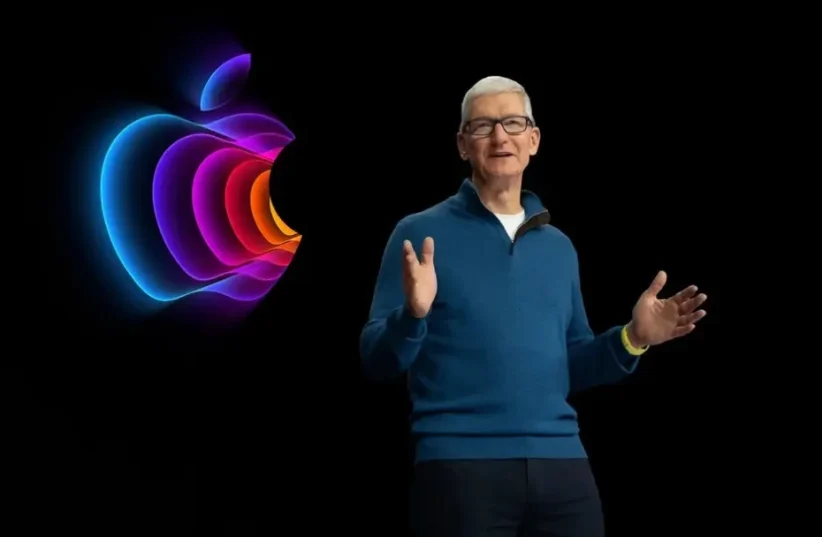The iPad Pro models are the stars of Apple's event, and the new models will feature the larger OLED displays. The new display technology will improve tones, show better contrast, realistic colors and better power efficiency.
The iPad Pro models will likely be available in 11.1-inch and 12.9-inch sizes, and both models will be slimmer with reduced bezels.
The 11.1-inch iPad Pro is expected to be 5.1mm thick, down from 5.9mm, while the 12.9-inch model will be 5mm thick, down from 6.4mm. The tablets will be roughly the same size as the current models, with minor changes in length and width.
It is not entirely clear which M-series chip the iPad Pro models will use, and there is a possibility that these will be the first devices equipped with an artificial intelligence-focused M4 chip. If that doesn't happen, Apple will use the M3 found in the iMac and MacBook Air. Either way, this is a significant improvement. Along with a thin frame, the iPad Pro's front-facing camera is expected to be located on the side of the device rather than the top, so the camera will be upright when the iPad is in landscape orientation. This stand makes more sense for video and photo calls made when the iPad is used as a keyboard.
According to some rumors, Apple may allow wireless charging of the iPads with the MagSafe technology and up to 4 TB of storage. Either way, the new technologies are expected to make the iPad Pro more expensive, and according to estimates, prices will range from $160 to $700 per device in the US, depending on the model.
The iPad Air will receive a refresh alongside the iPad Pro, and for the first time, Apple is splitting the Air lineup and introducing two models. The first iPad Air will be a direct successor to the current version, measuring 10.9 inches. The second model will come in a 12.9-inch size, similar to the iPad Pro. Both models will look like the iPad Air 4, featuring an edge-to-edge display with a thin bezel and an aluminum chassis with flat, rounded edges. The iPad Air will be thicker than the iPad Pro, and will have a thicker bezel.
Apple is also expected to present the updated version of the Apple Pencil that Apple may call Apple Pencil 3. It is not yet clear if there will be any design changes, but it is expected to be the first Apple Pencil that supports haptic feedback, meaning that the user will have a sense of vibration during use, writing and drawing. The click movements are also expected to activate various tools and settings.
Apple plans to renew the Magic Keyboard and introduce a stronger frame made of aluminum and not the polyurethane material used for the current version. While the frame and area around the keyboard will be made of aluminum, the outer shell will still be made of silicone. With the aluminum construction, an iPad and Magic Keyboard combination will be more similar to a MacBook, both in terms of appearance and functionality. The tracking surface is expected to be larger, it is also similar to the one in the bottle. There will be a larger trackpad similar to the trackpad on the MacBo.
The rumors indicate that Apple will expand the marketing of the Vision Pro virtual reality glasses to other countries, but unfortunately for the Appleists - they are not expected to reach us, Israel, anytime soon.
